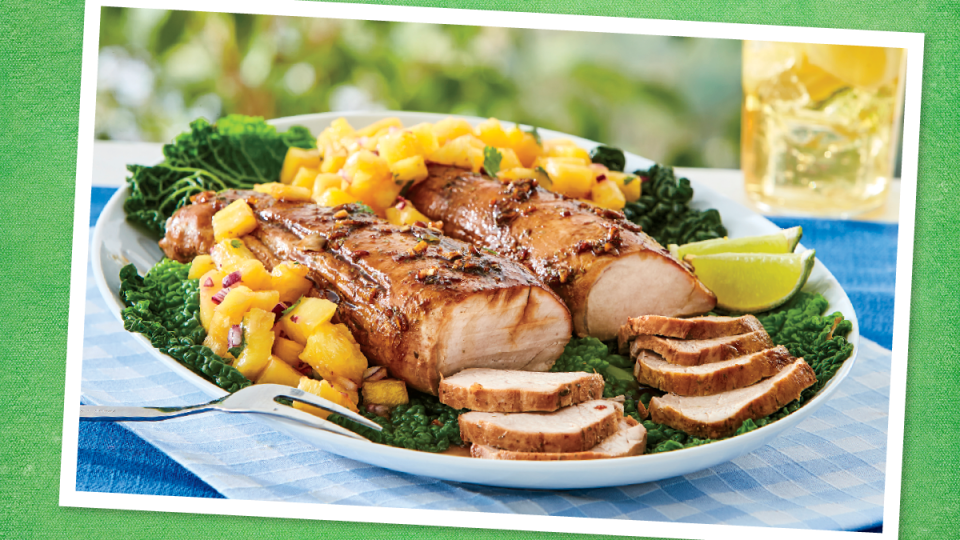
Most plants don’t intimidate me, in the kitchen or otherwise. On the contrary, we’re usually fast friends.
My first encounter with kohlrabi, for instance, started with fascination — that alien-spaceship look! — but it quickly turned to delight once I peeled, sliced and ate (at first, raw; later, cooked). Anything that might stump me at first, I figured, can be sauteed or roasted in garlic and olive oil until I branch out.
Sometimes it’s simply a matter of cutting something down to a manageable shape and size. My colleagues have written helpful tutorials on all manner of knife work; the latest, by Daniela Galarza, breaks down (pun intended) slicing, dicing, chopping, mincing and julienning, and it’s worth a read (and a save). Even produce with a particularly tough or knobby (or both) skin — I’m thinking about celery root and winter squash — can usually be tamed with the help of a sharp peeler. And plenty of other things don’t need to be peeled at all.
Every now and then, though, you come across something where the line between tough skin and pleasant interior seems particularly blurry.
I’m talking about lemongrass.
If you’re like me, and your favorite flavors are citrus or citrus-adjacent, the aromatic root that’s so popular in Southeast Asian cooking is a must-have. But those lemongrass stalks release their fragrant deliciousness only once you hack your way through the protective exterior. Off with the woody green top, along with all the dry, fibrous outer leaves! Off with the incredibly hard bottom core! Only after such bushwhacking will you find yourself with a tight, pale green and white stalk that is now yours to chop.
And then you have to chop it.
As with so many things related to Vietnamese cooking, I turn for help to my friend and expert cookbook author Andrea Nguyen. On her website, Viet World Kitchen, her tutorial includes this gem: “My golden rule in dealing with lemongrass is this: you can’t chew what you can’t chop.” That is, keep peeling until you get to the part of the lemongrass that your knife can indeed make its way through. (Any trimmed leaves can be steeped for a wonderful tea.)
Even the chopping, though, can take its toll and dull your knife blade, she writes. One suggestion: Smash it with a mallet first, breaking the fibers and making it easier to chop. Or grate with a Microplane grater. She also has smart ideas for storage: You can freeze prepped stalks, which renders them easier to chop; or blitz them in a food processor with some oil and then freeze in ice-cube trays.
That way, when you run across beautiful specimens — at the farmers market, Asian market or conventional grocery store — you can take advantage of the bounty and set yourself up for many more meals.
Once you’ve prepped your lemongrass, what should you do with it? I found a lovely recipe in Uyen Luu’s latest cookbook, “Vietnamese Vegetarian,” that uses it as the main flavoring in the aptly named Lemongrass Tofu. You combine the chopped lemongrass with other aromatics and sauces for a marinade that turns into a glaze when you pan-fry the tofu.
Besides the flavor, my favorite part of the recipe is the shape of the tofu: Rather than the typical cubes or slabs, you cut it into long batons, which remind me of those fragrant stalks that make it so delectable — once you cut them down to size.
from "recipes" - Google News https://ift.tt/Hw4LDpR
via IFTTT

No comments:
Post a Comment